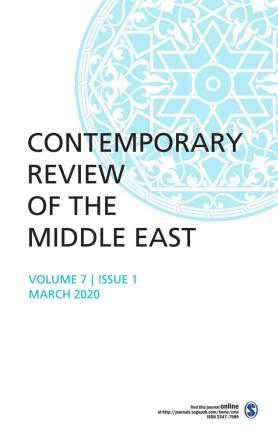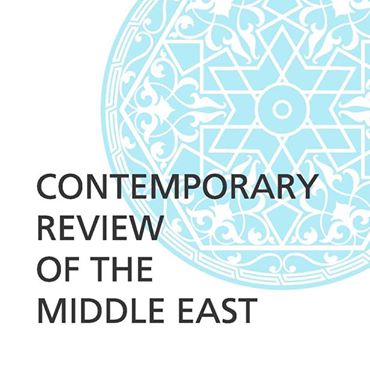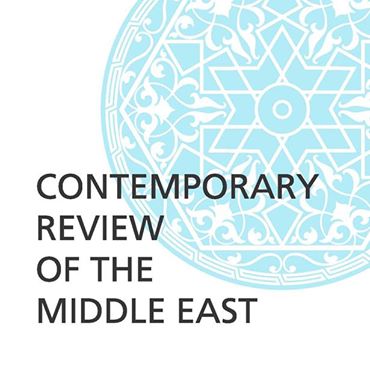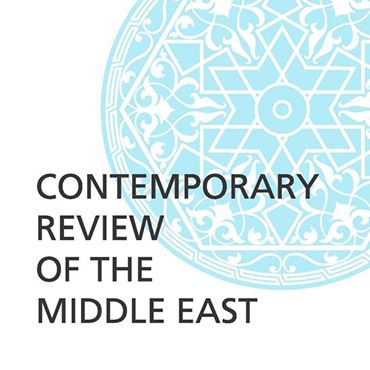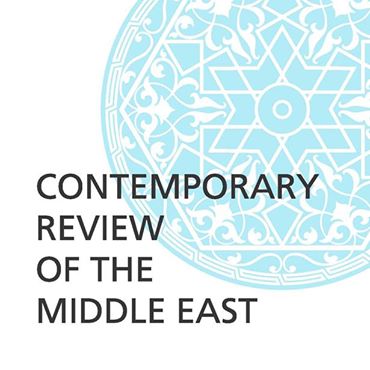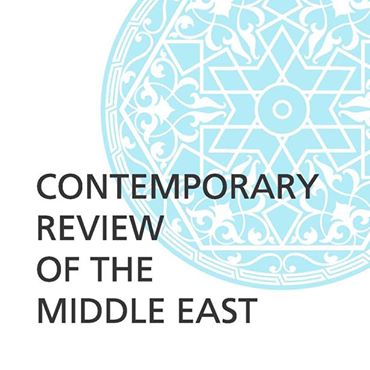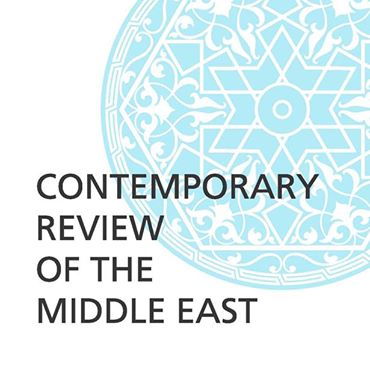Breaking
- MENU
Lorem Ipsum is simply dummy text of the printing and typesetting industry.
http://journals.sagepub.com/toc/cmea/3/4

1) Dateline MEI By P.R. Kumaraswamy; pp. 361-362 Read More
2) From the Arab Spring to the Damascus Winter: The United States, Russia, and the New Cold War By Antonio Perra; pp. 363–386
Abstract: As the war in Syria tragically approaches its fifth anniversary, more and more concerns are emerging around questions surrounding the extent and the scope of military involvement of foreign powers, which are crystallizing the feeling that the real objectives and interests at stake in the current Syrian War extend well beyond the Middle East. Intertwining the story of Islamic State of Iraq and Syria (The ISIS) rise to power with the US foreign policy toward the Assad government and the renewed tensions between Russia and the United States, this article examines the implications of the current regional conflict for the international balance of power and for the prospect of democracy in Syria. Read More
3) Saudi Arabia and the Iranian Nuclear Deal By A. K. Pasha; pp. 387–404
Abstract: The signing of Joint Comprehensive Plan of Action (JCPOA) between Iran and the P5 + 1 countries (i.e., China, France, Russia, the United Kingdom, and the United States) heralds a new US foreign policy approach in the Middle East. Amidst growing signs of declining geopolitical influence in the region, the United States chose to end its three-decade-old tension with Iran. This has alarmed its traditional regional allies and partners, especially Israel and Saudi Arabia. While Israel had advocated a “military option” to stop Iranian nuclear ambitions and took the matters to the US Congress, Saudi Arabia preferred a less confrontationist approach due to its dependence upon the United States for security. Its reactions and the recent foreign policy choices underscore its anxiety over growing Iranian influence as well as its “interventionist” policy stoking instability in many Gulf and Arab states. In foreseeable future, both Saudi Arabia and Iran would have work for rapprochement and be content with their spheres of influence and continue depending on the United States to maintain stability and balance of power in the region. Read More
4) Iran Oil Production, Investment Policy, International Sanctions and P5 + 1 Deal with Iran, 2006–2015 By Mohammad Hassani; pp. 405–421
Abstract: This article examines main factors that determined Iran’s oil production and investment policy between 2006 and 2015 based on the quarterly data for Iran oil production and oil export that has been showing negative and zero growth rate due to international sanctions. Though in some of Iran’s oil sector the sanctions were waived and exempted from under Iran Sanction Act (ISA), Iran was not able to fulfill foreign investment contracts even though the nuclear deal has removed legal obstacles for increasing production of oil and bringing investments in the petroleum sector. Read More
5) Arab Factor as a Part of the Iranian–Israeli Conflict: An Israeli Perspective By Ehud Eilam; pp. 422–432
Abstract: Arab states, mostly Syria, and non-state organizations such as Hamas and Hezbollah have been part of the Iranian–Israeli conflict. Israel stayed outside the civil war in Syria, without supporting the rebels or Bashar al-Assad and Hezbollah, which are Iran’s allies, that is, they oppose Israel. In Lebanon, there might be a clash between Israel and Hezbollah, particularly if Israel strikes Iran’s nuclear sites. Hamas is also an Iranian partner and an enemy of Israel. Yet the latter tolerates Hamas’ rule in the Gaza Strip for lack of a better choice. Read More
6) Municipal Elections in Saudi Arabia, 2015 By Md. Muddassir Quamar; pp. 433–444
Abstract: The third municipal elections in Saudi Arabia held on December 12, 2015 were significant because for the first time women participated both as voters and candidates. An important development so far as broadening the legitimacy of the electoral process is concerned. On the other hand, the lower turnout highlights the limitations of the electoral process as well as the functioning of the municipal councils. Nonetheless, seen within the context of slow and gradual reforms and priorities of the monarchy, one can argue that the municipal elections are a work in progress. Read More
7) Parliamentary Elections in Egypt, 2015 By Paulami Sanyal; pp. 445–454
Abstract: Following the 2014 presidential election, Egypt’s parliamentary elections failed to uphold democratic ethos. Despite the fact that the electoral process was better and the participation of women improved, it failed in terms of freedom of media, civil societies and allowing multiple political parties. Lack of clarity in the voting process, continued crackdown on Muslim Brotherhood, and absence of an opposition led to loss of faith among Egyptians regarding the so called transitional period and directed the future of Egypt back to the history. Read More
8) Majlis al-Shura Elections in Oman, 2015 By Jatin Kumar; pp. 455–462
Abstract: The 2015 Omani Shura Council elections came amidst a crucial time with down economic trend and continuing uncertainty over succession. Regular council elections are an important takeaway but declining interests among voters reflected in a sharp fall in turnout. In fact, the 2011 elections had recorded a high participation rate due to the Arab Spring. Issues such as corruption, job creation, and improvement of the living standard were most important as was the case in 2011. While one finds numerous changes and evolution of the electoral process, including use of technology and participation of women, the democratization process remains slow and uncertain. Read More
9) Middle East Elections Schedule, September 2016 By Dipanwita Chakravortty; pp. 463–464 Read More
10) Book Review: Stéphanie Latte Abdallah and Cédric Parizot (Eds) (2015). Israelis and Palestinians in the Shadows of the Wall: Spaces of Separation and Occupation By Mushtaq Hussain; pp. 465–467 Read More
11) Book Review: Saba Bebawi (2016). Media Power and Global Television News: The Role of Al-Jazeera By Priyanka Mittal; pp.467-469 Read More
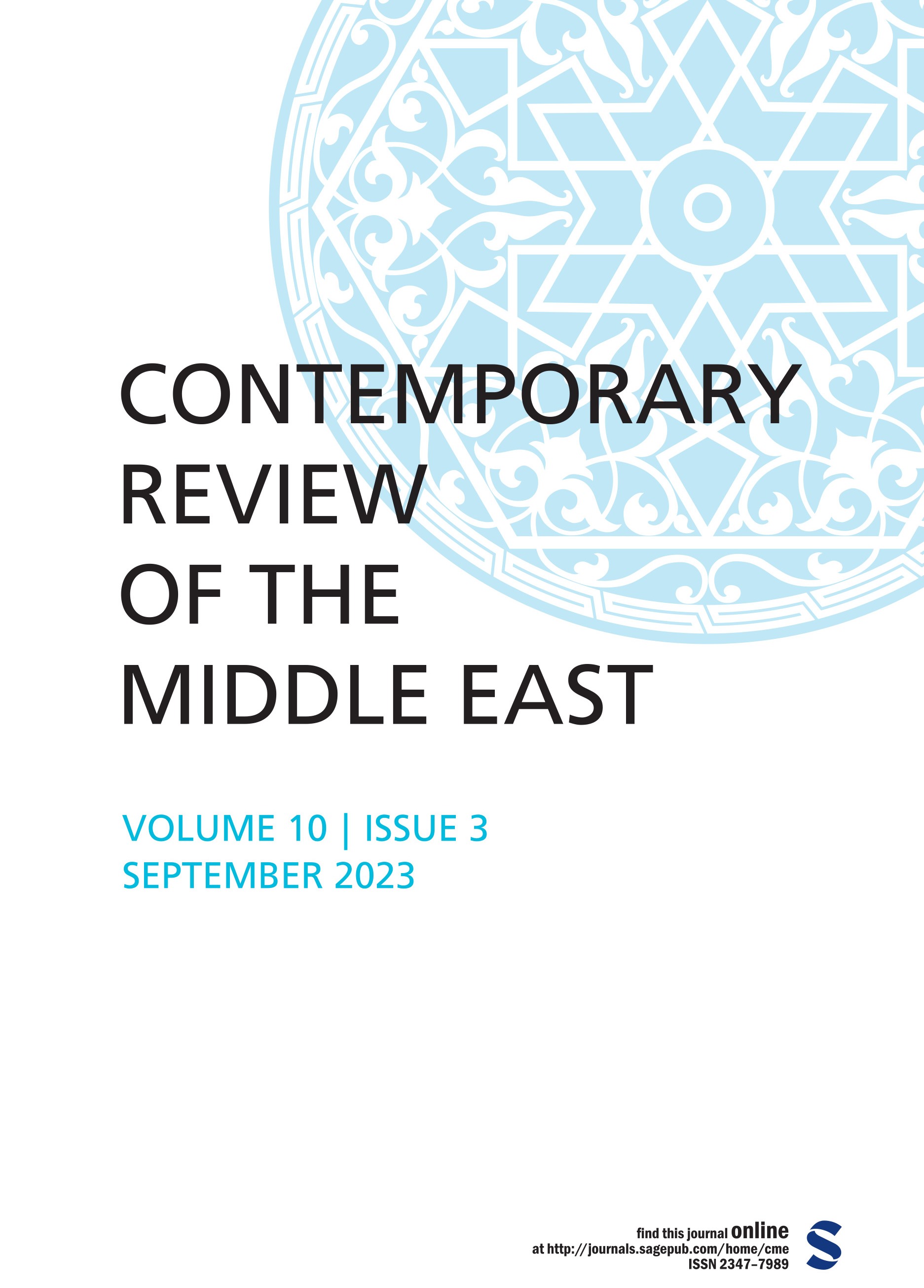
Invented Tradition as a Theoretical Approach Within Iranian Memory Studies: A Review Mohammad
Read More »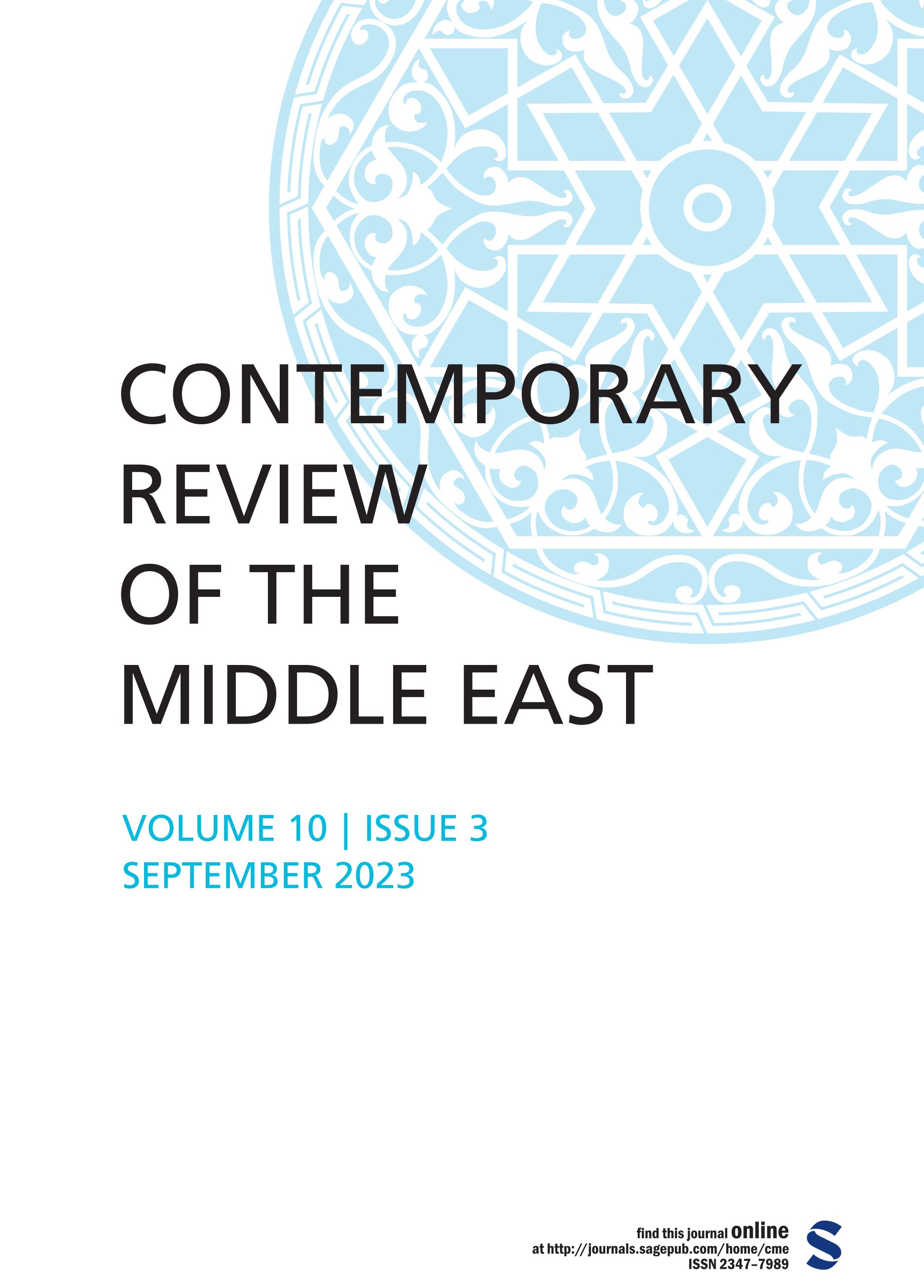
Neo-Ottoman Turk-Scape: Analyzing the Role of Dizis as Türkiye’s Soft Power Mohammad Reyaz and
Read More »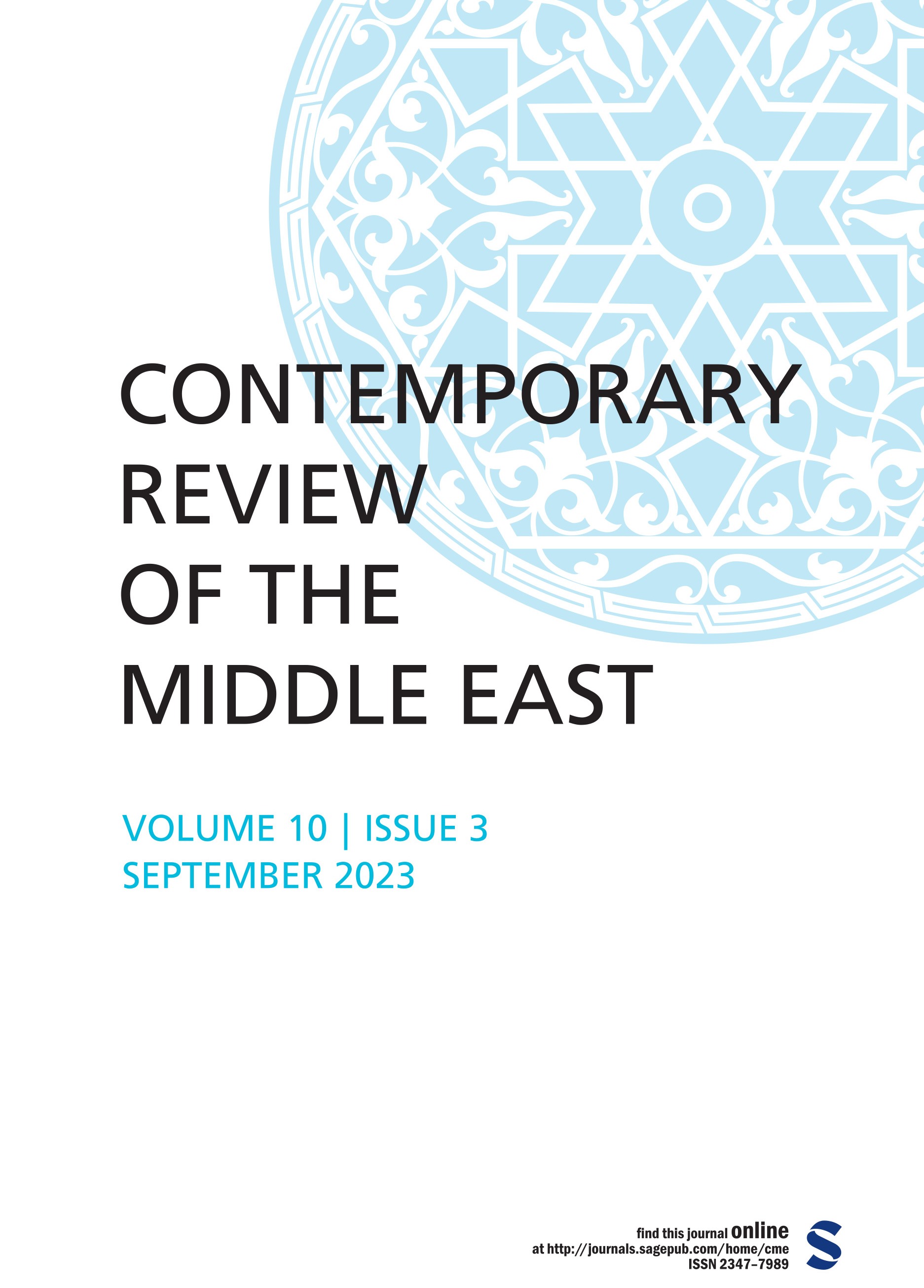
The Relations of Vietnam with the Middle East-North Africa Region: From a Divided State to an Important&
Read More »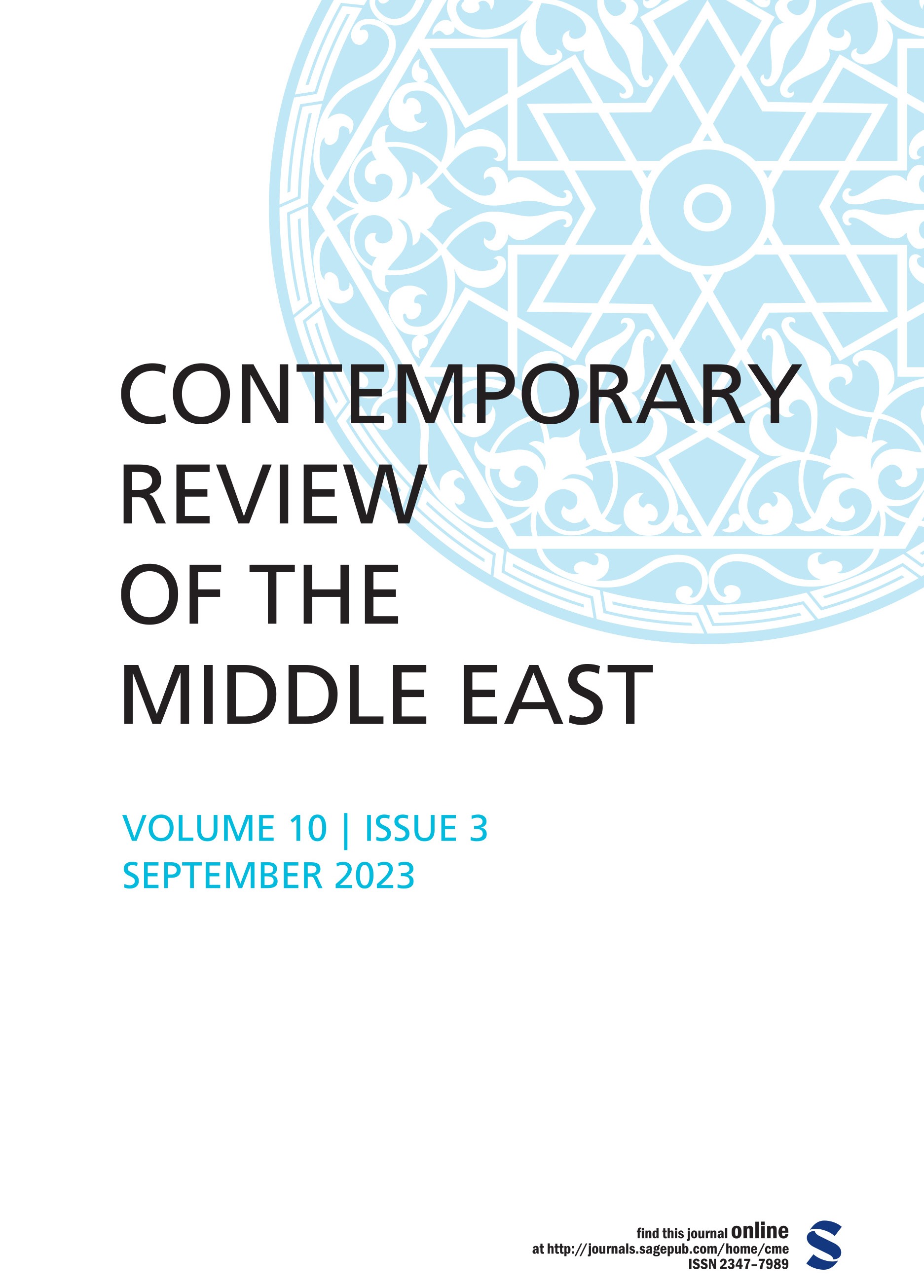
An Analysis of Yemen’s Geostrategic Significance and Saudi-Iranian Competition for Regional Hegemo
Read More »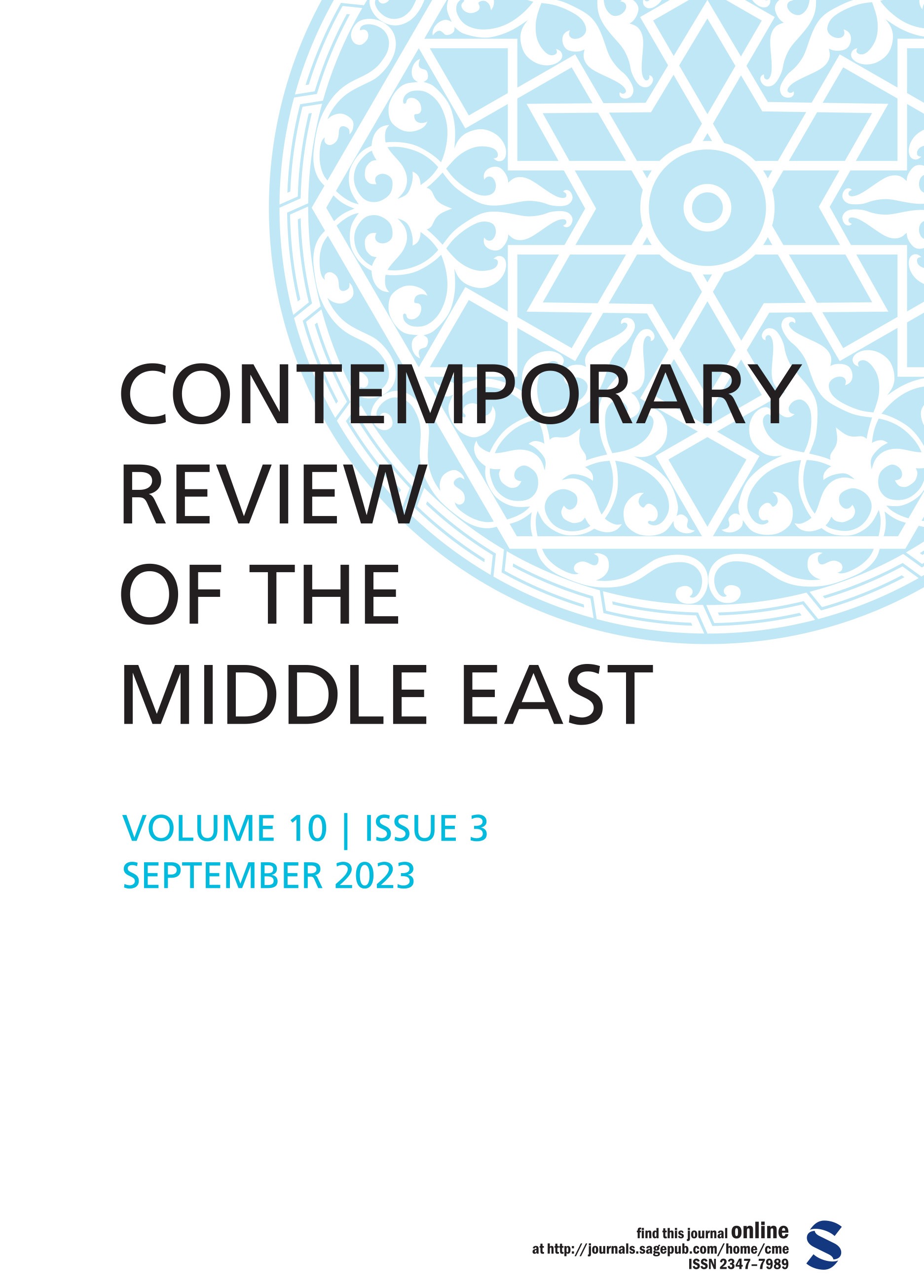
The National Reconciliation Process in Algeria During the Bouteflika’s Era: The Official Narrative Fa
Read More »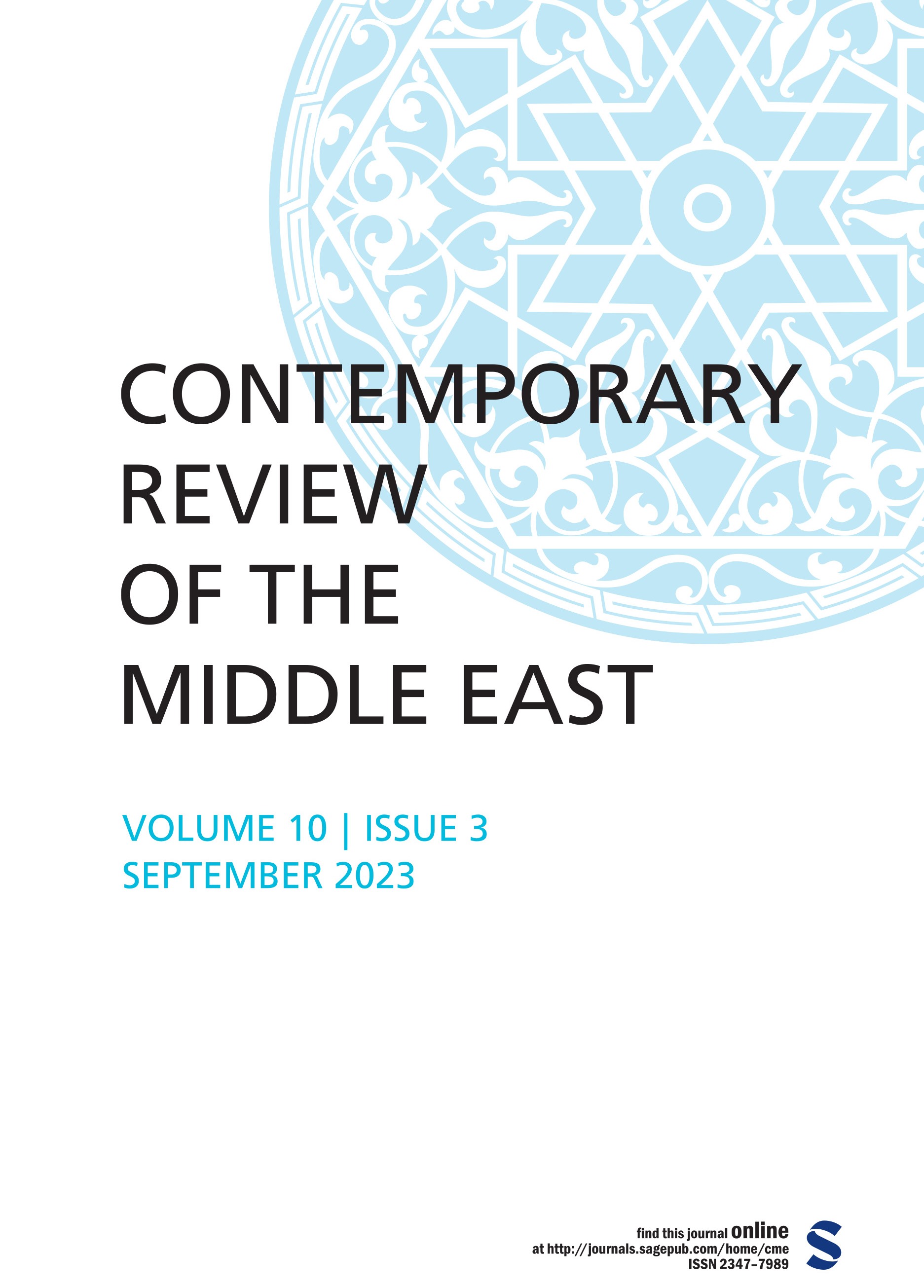
Dateline MEI When Netanyahu Rocks the Israel Boat, Nero Style P. R. Kumaraswamy For the text see: We
Read More ».jpg)
.jpg)
